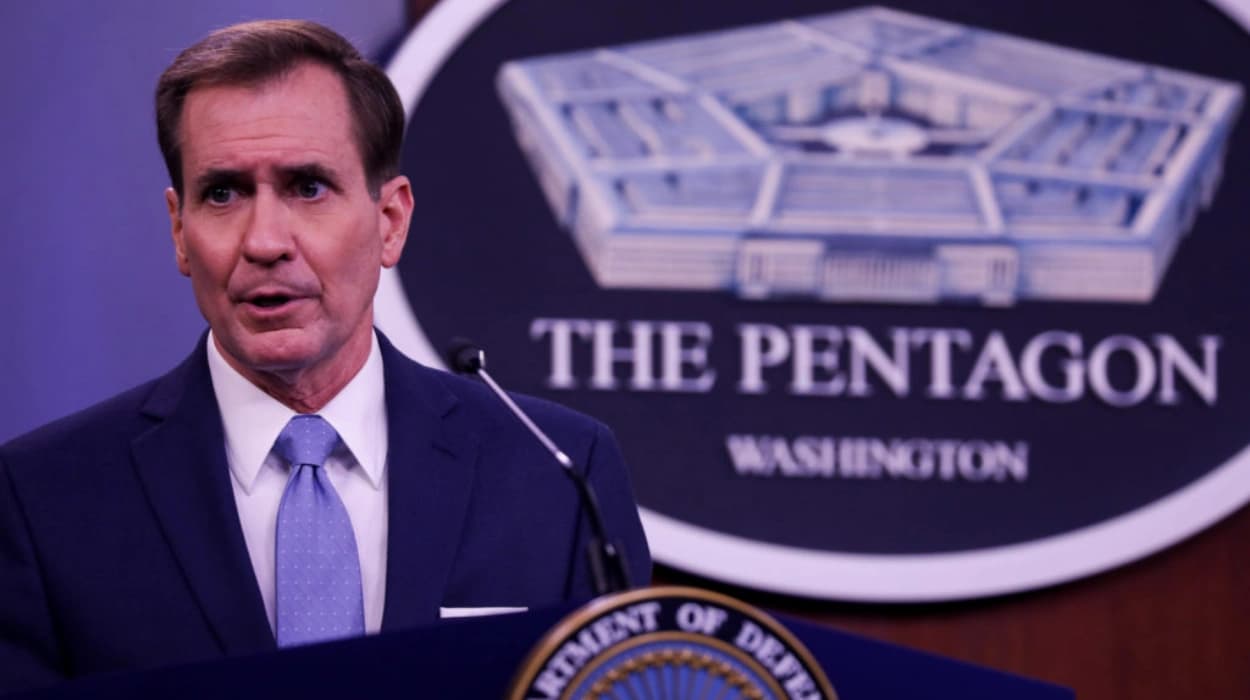The Pentagon has reaffirmed its plan to scale back the
US-led coalition’s military mission in Iraq by the end of September 2025,
transitioning towards a long-term US-Iraq security partnership. This move
reflects progress against ISIS and ongoing coordination with Iraqi authorities
to ensure a responsible military transition.
Pentagon Confirms Military Mission Reduction
As reported by the Pentagon spokesman Sean Parnell via
Anadolu Agency, the United States along with coalition partners are set to
reduce their military mission in Iraq, following the guidance of US President Donald Trump and the US-Iraq Higher Military Commission’s agreement made on 27
September 2024. This reduction marks a significant milestone in what the
Pentagon describes as a “combined success” in combating ISIS (Daesh) and
steering toward a more sustainable security relationship with Iraq.
Background and Strategic Framework Agreement
The transition has been framed within the ongoing
implementation of the 2008 US-Iraq Strategic Framework Agreement, which seeks
to normalise bilateral relations through strong economic, diplomatic, cultural,
and security ties between Baghdad and Washington. The Pentagon emphasises that
this partnership will aid Iraq’s security while bolstering economic
development, foreign investment, and Iraq’s regional leadership role.
Details on Troop Reduction and Transition
At the start of 2025, approximately 2,400 US military
personnel were stationed in Iraq, mostly tasked with counter-ISIS operations.
Under the current drawdown plan, hundreds of US and coalition troops will leave
Iraq, with the mission shifting largely to advisory and capacity-building
roles. The US is expected to maintain a military presence primarily in the
Kurdistan Region until September 2026 to continue countering ISIS remnants.
A senior US defence official, quoted by Geo TV, stated that
once the drawdown is complete, fewer than 2,000 US forces will remain in Iraq,
mainly positioned in Erbil, focusing on bilateral security cooperation rather
than active counter-ISIS operations. The official added that ISIS no longer
poses a sustained threat to the Iraqi government or US homeland from Iraqi
territory, facilitating a responsible transition where Iraq leads its own
security efforts.
Shift in Focus to Syria and Kurdistan Region
Reuters and Japan Times reporters highlighted that US and
coalition forces would increasingly target ISIS remnants inside Syria while
concentrating their personnel within the Kurdistan Region of Iraq. This
movement reflects a strategic adjustment to counter-terrorism efforts more
effectively while respecting Iraqi sovereignty.
Iraqi Government’s Position and Regional Implications
The Iraqi government had consistently expressed that the
continued military presence of foreign forces was no longer necessary given
ISIS’s defeat, pushing for sovereignty over national security management. This
coalition military drawdown aligns with Baghdad’s preference for reduced
foreign troop presence. The Pentagon’s reassurances aim to ensure this
transition occurs responsibly without compromising regional stability.
Ongoing Base Transfers and Regional Security
The US has already begun returning control of key military
bases to Iraqi authorities, including Ain al-Asad airbase in western Anbar
province. The Pentagon confirmed the handover processes remain ongoing, though
details remain undisclosed. This effort is part of the broader US commitment to
recalibrating its military presence in Iraq while continuing joint security
cooperation.
The Pentagon's latest statement reinforces Washington’s
commitment to scaling back direct military involvement in Iraq, with a clear
timetable for troop reductions and a strategic pivot towards empowering Iraqi
forces. The transition marks a shift from combat operations to long-term
partnership and advisory roles, aimed at maintaining security and stability in
Iraq amid changing regional dynamics. Continued close coordination with Baghdad
and coalition partners remains central to ensuring a smooth and responsible
military drawdown by the end of September 2025, with a small presence planned
in the Kurdistan Region until 2026.
This development highlights the evolving nature of US-Iraq
relations as they move beyond direct military confrontation toward a more
collaborative security framework.
